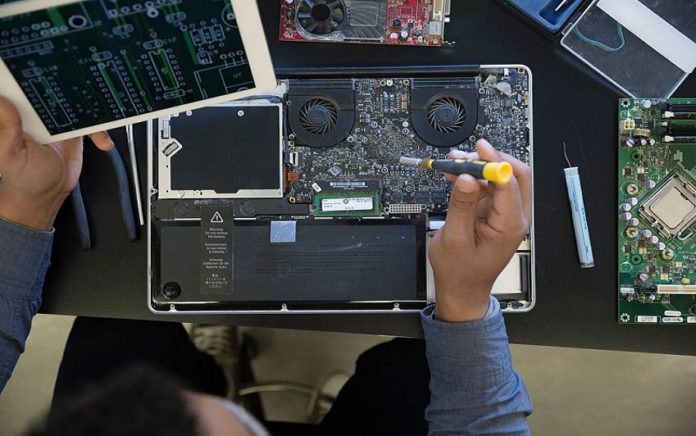Are you experiencing boot problems with your laptop? It may be very expensive to consult a PC expert each time you experience issues with your PC/Laptop. Figuring out how to fix Laptop that won’t turn on, is a decent method to save bucks in your pocket. It’s not too hard to figure out how to fix and troubleshoot fundamental PC issues. Here are some simple strides to kick yourself off.
This article is about circumstances where nothing appears on the screen or clearly, there is certainly not a solitary answer for every conceivable case. The proposals underneath are arranged in the recommended order of implementation from numerous encounters of troubleshooting PCs with such issues.
Solutions On How To Fix A Laptop And Troubleshoot Booting Problems
1. Check And Troubleshoot Power Problems
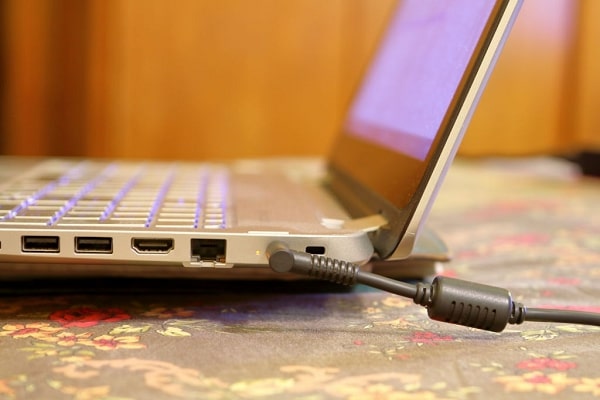
This is certainly the primary thing to check on the off chance that you see no indication of life on the laptop after pressing the power button. To start with, check if the battery is charged and the power rope is appropriately connected. Likewise, check if the power line’s wire has any harm or breaks which could influence the signal. In the event that your PC abruptly closes down, it could be overheating so turn it off and let it rest for a couple of minutes, at that point attempt to turn it on later. If the issue proceeds and the PC wouldn’t turn on any longer, there may be an issue with the electrical plug and cooling fans so you ought to consult a specialist at that point.
Another thing which you can try is to check that if there is power in the outlet where your power adapter is joined, you can simply connect another functional device to the port to confirm that the port works fine. A multimeter can do the best job at this point.
Various PCs have a different connector and distinctive pin arrangements and power rating, on the average most connector fall between 18.5 – 19.5 Volts, so set the multimeter to the 20V DC position and putting the test tips on metallic or copper components of the charger tip, and observe the readings on the multimeter. Here, extremity doesn’t make a difference. Make sure that the voltage reading is close enough to this range.
2. Try Resetting The Laptop
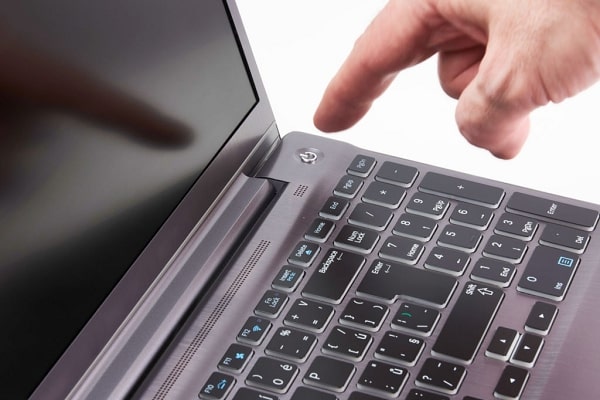
This is certainly not a typical reason for a laptop not turning on. But there are a few cases where static current causes a few triggers that shield your laptop from fueling up. This is an extremely basic answer to implement. In the first place, expel all power sources from your laptop starting with the power connector, then the battery. On the off chance that you have an inner battery, you can’t easily access or expel, at that point it will be difficult to implement this step. You can take a stab by discharging the battery totally and leaving the laptop without charging for certain hours. There are still no chances that your battery will be completely discharged for this situation, it is advised to consult an expert.
The main point is to have no power on your laptop. With all power sources expelled, just press and hold the power button for around 40 seconds. This will expel all the remaining charges and prompt your CMOS memory to reset. And later set back your battery and try to boot up once again.
“Would You Like to Learn How to Fix Laptops?”
3. Try Evacuating Battery Temporarily
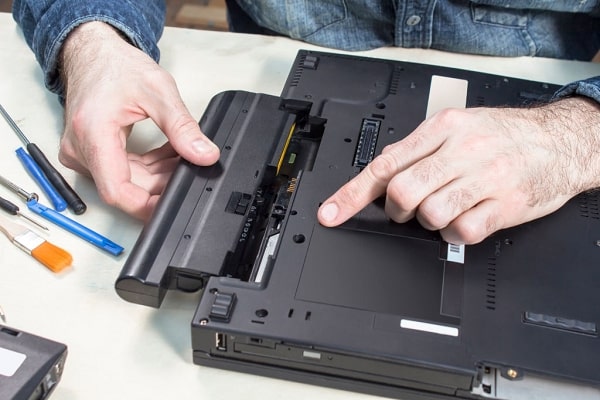
Again, this is an uncommon event. But many people had run over circumstances where evacuating the battery was all the laptops needed to boot up again. A further test demonstrated that these batteries had dead cells. As a result, they keep the laptops from booting up. If that you have a Completely dead battery, it is advisable to evacuate it completely. Not only will this lessen the odds of such shortcircuited battery issues, but it will also likewise spare your connector from the pressure of continually attempting to push power to dead cells. On the off chance that after evacuating the battery the laptop still doesn’t boot up, you can temporarily keep it out until you have evaluated the rest of the recommendations in this article.
4. Check For Overheating Problems
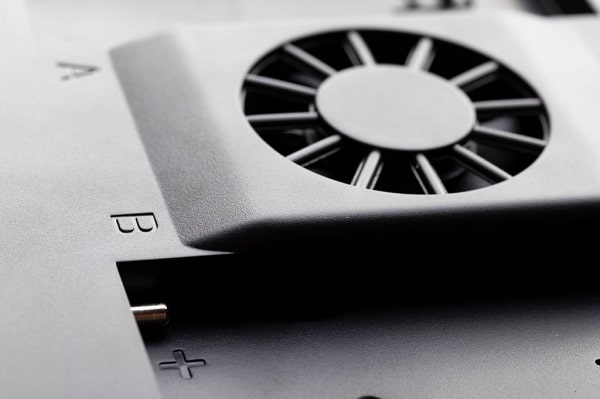
If you are having issues with overheating or in the event that you see an abrupt rise in the surface temperature of your laptop, at that point chances are, your temperature sensor may have triggered the laptop and won’t let it come on until it has accomplished a specific degree of coolness. In such a circumstance, you should stand by suitably for the cooling. Furthermore, you may need to watch that your cooling fan and heatsink ventilations are clean from dust and garbage. In the event that you continue running an overheating laptop, after some time it may harm your motherboard, as such the temperature sensor triggers the alert sign to cleanup your cooling system and perhaps change your thermal oil to improve ventilation and cooling.
5. Check For Unseated Or Faulty RAM

Make sure the RAM (Random Access Memory) Modules are seated appropriately. In some cases, improper RAM positioning in the slot may cause the laptop not to turn on. Most Laptop Memory modules are arranged inside a compartment on the base of the laptop. Without the RAM in place, your laptop would make partial bootup and possibly not boot up at all. Take out the RAM module and connect the power connector. Press the power button to check whether any lights blink. If yes, then there is an issue with the RAM, most presumably a short circuit in the module itself.
Sadly, there are typically no visual clues for defective RAM sticks, and no multimeter testing. In that case, you should get some other functional RAM stick to use for testing. Before doing that, you should first attempt to clean your RAM connectors and reseat it carefully to the slots to guarantee they are connected to the board. On the off chance that you have two RAM sticks, at that point remove one and try booting up with just each, in turn, to check whether is the situation of one defective RAM. If that your RAM is working properly, at that point continue with different recommendations.
Note: To remove RAM from your laptop, pursue the steps in the manuals of your Laptop/PC model as the steps may differ for each model.
6. Check Hard Drive

You may likewise take a stab at removing and reinstalling the hard disk. As defected or crashed hard disk can be one reason for the laptop to turn on. We even have a “hard disk self-test” option on specific laptops where this procedure tests if the hard disk is working or not. A few Laptops/PCs would inform you regarding the failure to find a boot drive or operating system. While others may basically leave you with a dark screen and some content that isn’t related to the genuine issue.
Regardless, find if your disk or SSD hasn’t come free either unintentionally or intentional removal. You can likewise remove the hard drive and clean the connector before reconnecting to guarantee appropriate contact. If you can get into the System’s BIOS, kindly check if the hard drive set as the primary boot drive.
7. Check The Display

You can even check if the issue is with the display of your laptop. You can do this by connecting an external display. In the event that you can get display on an external display device, at that point, it is confirmed that it is the display or the laptop screen that needs to be fixed.
Sometimes the display drivers(corrupted) can be the reason for the issue of not getting the display or showing a blank screen on your laptop.
Try to fix the issue by reinstalling or updating the display drivers. You can even check the website of the manufacturer for the updates of display drivers. If the most recent updates are available, at that point please update the drivers by installing them or update them from the device manager. If possible then update your device BIOS to the latest version available.
Note: Be careful while updating BIOS. As if not updated appropriately or if you downgrade the BIOS or install a lower variant of it, at that point, this will make your laptop useless forever. Furthermore, the BIOS for the 32bit Operating system is different from the 64bit Operating system, so install the driver as per the compatibility of your system.
8. Check For Corrupted System Files
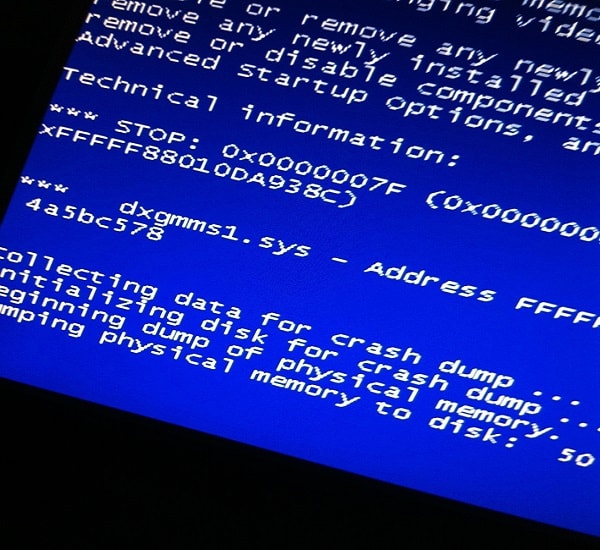
A laptop may not turn on appropriately or boot into windows if the system files are corrupted. The most ideal approach to fix this issue is to reinstall the operating system utilizing recovery disks or performing Startup Repair.
If all things come up short, that means you have a wrecked motherboard or broken power system. It is advised to change such motherboard than to find the faults except you have enough expertise.
We’ll try updating the article as per the responses received from the readers. If you think we missed anything or there’s something we misinstructed, kindly let us knew in the comment box.
Some Frequently Asked Questions
How to fix a laptop/PC if it won’t start up?
Power down the laptop. Next, turn it on and continue tapping F8 key. You’ll find Boot Options screen, simply find and start Safe Mode. Select “Repair Your PC” and run startup repair.
How to repair Windows Screen/Blank Display?
Connect an external display, you can get display on an external display, it is confirmed that it is the display or the laptop screen that needs to be fixed. Try reinstalling/updating the display drivers. If possible then update your device BIOS to the latest version available.
How to reset a windows laptop?
Expel all power sources from the laptop and discharge the battery completely. Now press and hold the power button for around 40 seconds. This will expel all the remaining charges and prompt your CMOS memory to reset. After few hours, set back your battery and try to boot up once again.
How to repair windows 10 with command prompt?
1. Look for the Command Prompt and run it as Administrator.
2. Type command: “sfc/scannow” and press “Enter”
If this can’t fix the issue, possibly the utility can’t get the required files from the Windows image, which may have broken.
How to fix windows when it fails to Boot?
1. Check the Battery
2. Try running Safe Mode
3. Try Startup Repair
4. Try booting by command prompt
5. Do a Malware scan
6. Check for corrupted system files
7. Check Hard Drive
8. Look for overheating problems
9. Remove all connected (external) devices


